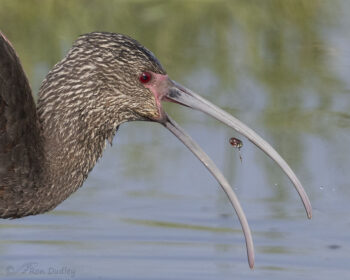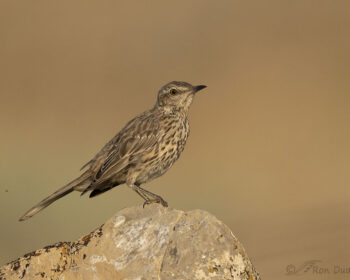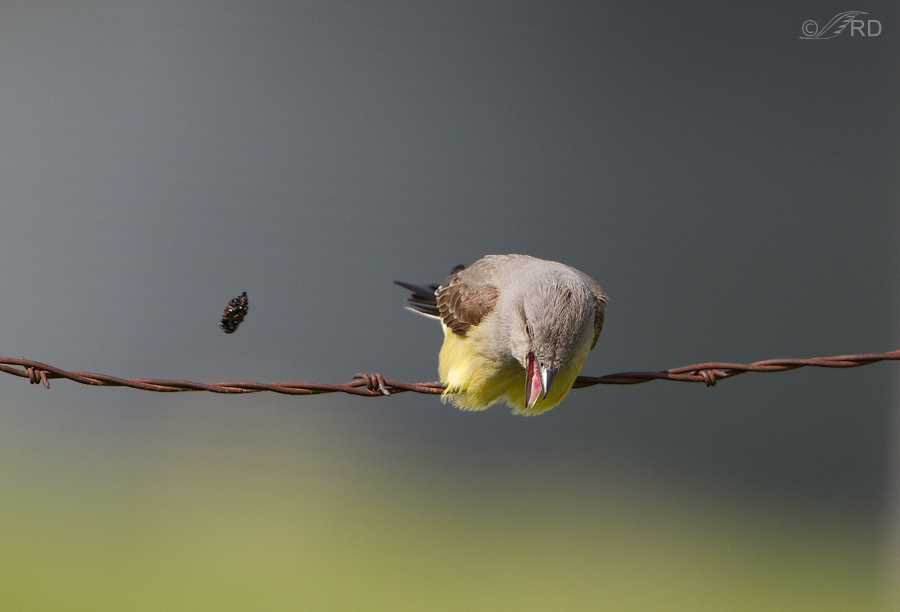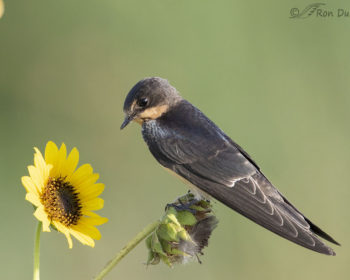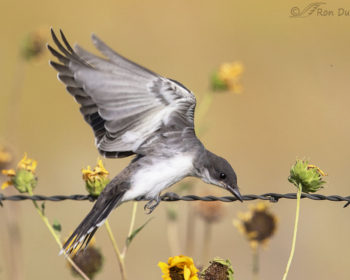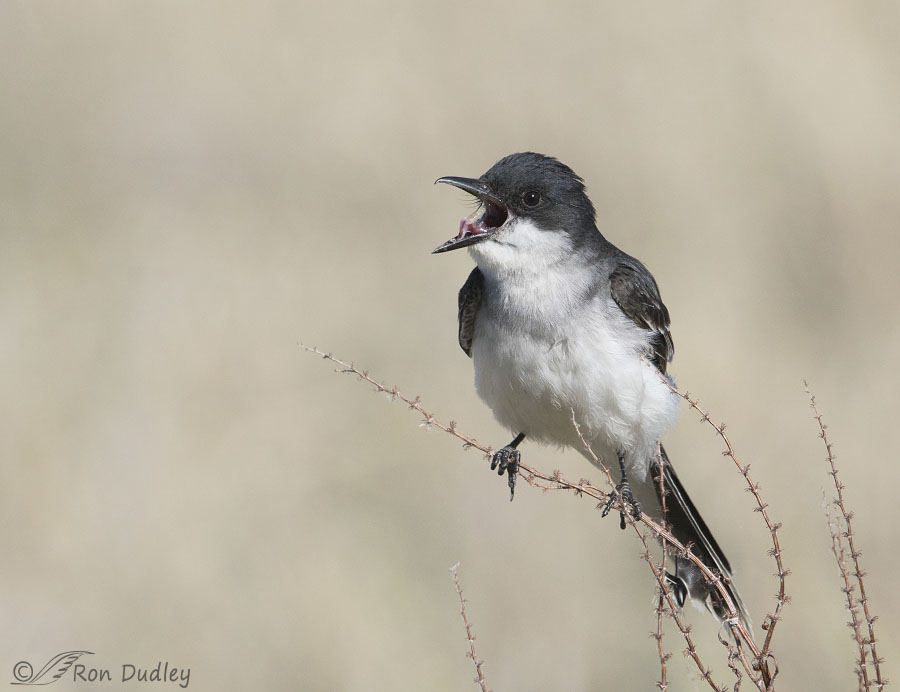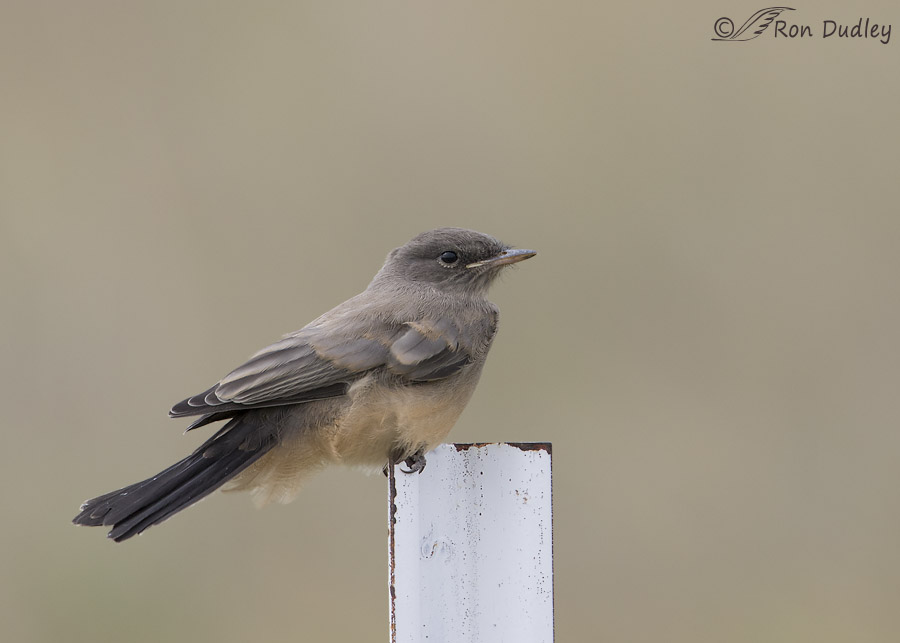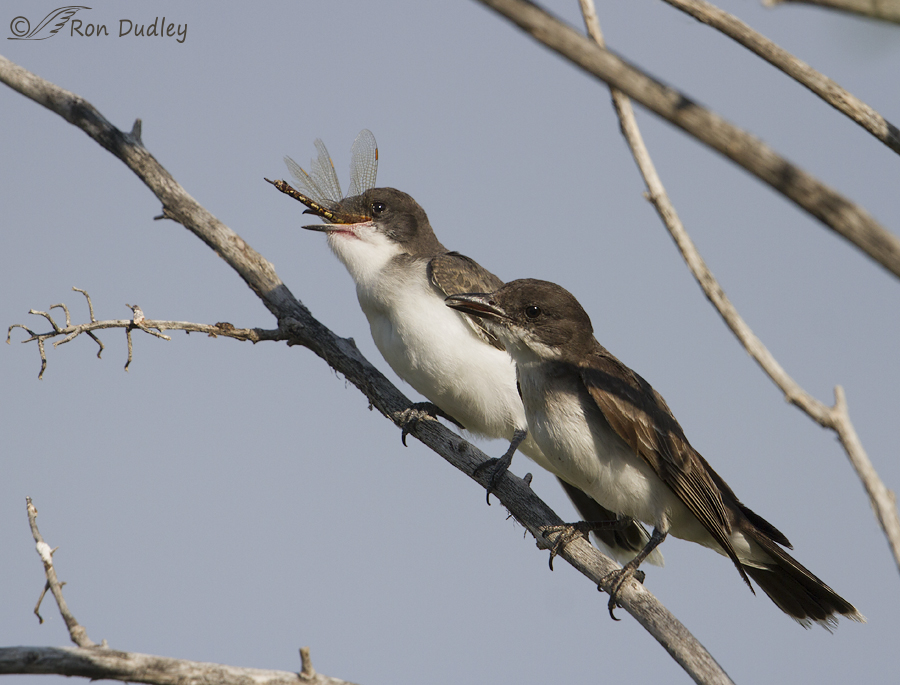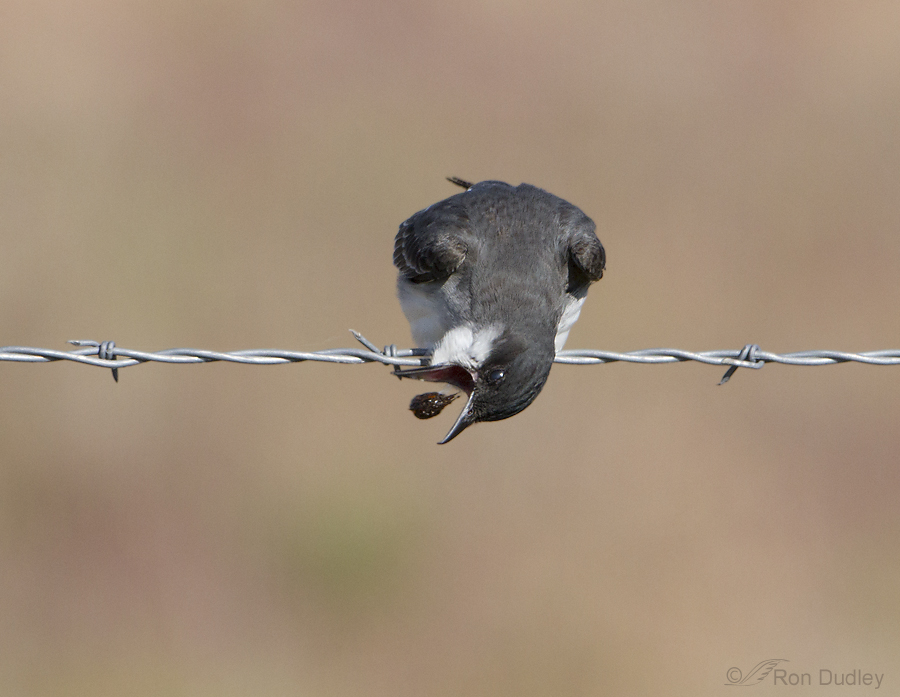Tag: eastern kingbird
Some Recent Birds
Seven Recent Birds And A Critter
Mealworms – Are They Safe As Bird Food?
A Sampling Of Recent Birds
Eastern Kingbird And Barn Swallow In Flight
Eastern Kingbird Weirdness
Montana Farm Potpourri
Eastern Kingbird Adult And Fledgling – A Question Of Behavior
Strong Graphic Lines – A Matter Of Taste
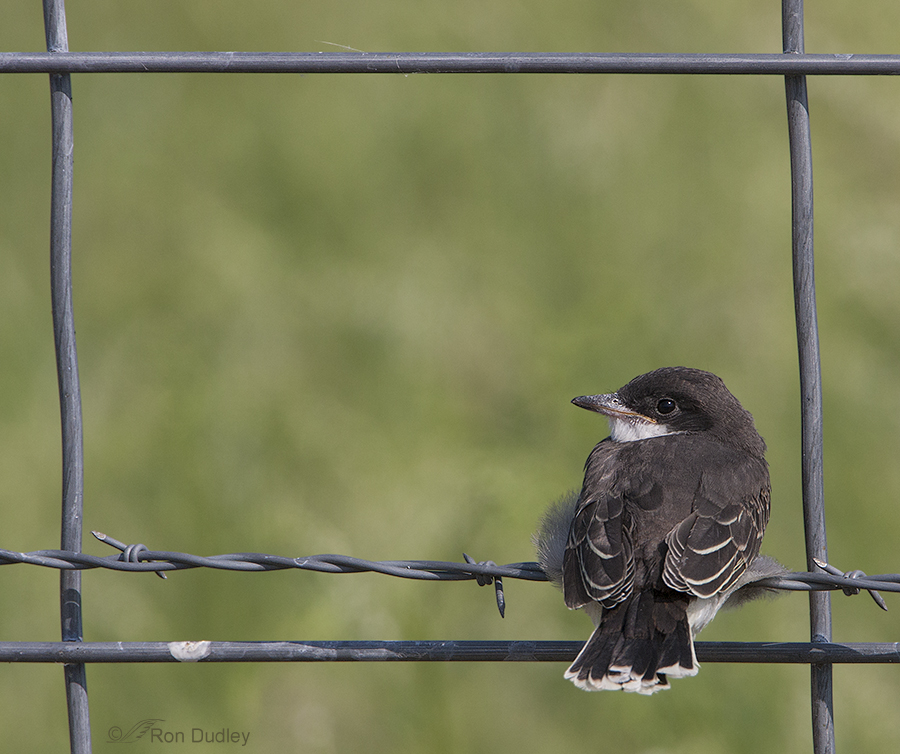
I’ve been a fan of strong graphic lines in my images ever since my friend Richard Ditch introduced me to their potential a few years ago. The source of those lines may be natural or unnatural but since my subjects are mostly birds and many of them perch on fences, my graphic lines are often provided by fence wires. In some ways I’d prefer natural elements in my images but wires can also be compositionally and visually interesting
Eastern Kingbird Casting A Pellet
Eastern Kingbirds
It’s snowing hard as I write this and it’s been overcast and gloomy for days which has turned my thoughts to spring birds. Eastern Kingbirds are a prime example as they winter in the Amazon so seeing them around here is a sure sign of springtime. They’re a fascinating species. Kingbirds are notorious for their aggressive nature toward other birds and their scientific name Tyrannus tyrannus very appropriately means “tyrant, despot or king”. During the breeding season they’re a “sit and wait predator”, largely of flying insects though they eat mostly fruit while on their winter range. They have never been observed to drink water – apparently getting enough of it in their insect and fruit diet. They virtually never walk anywhere! Most locomotion is by flight and when on the ground they either hop to a new location or take short flights but they don’t walk. The only time walking has ever been observed is during nest site selection. 1/1000, f/9, ISO 500, 500 f/4, 1.4 tc The kingbird in the first four photos of this post was the most cooperative specimen of the species I’ve ever photographed. It let me get close while on a natural perch (as opposed to the fence wires they so often prefer) and it gave me a variety of interesting calling, preening and stretching poses for almost five minutes. 1/2000, f/9, ISO 500, 500 f/4, 1.4 tc As the bird moved to my left on the perch it (the perch) developed a different character due to the curving twig coming off the main branch. Here the kingbird is beginning an elaborate…



